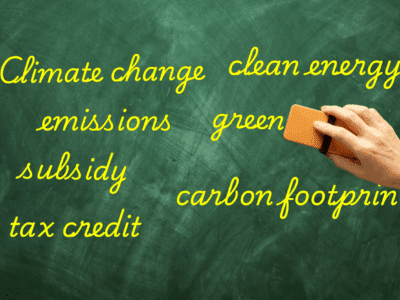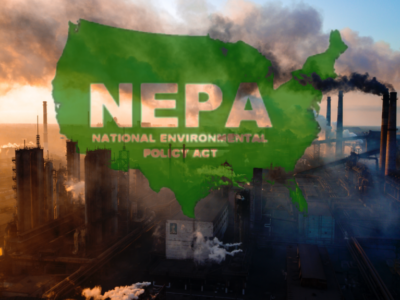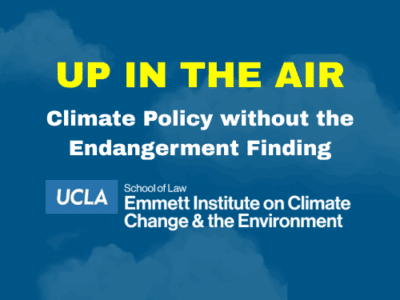New Tools for Communities Seeking to Leverage Energy Infrastructure Projects for Community Priorities
Local action becomes even more important under a new federal regime
The Biden Administration placed substantial emphasis on community benefits mechanisms in federal climate infrastructure investments, building on years of legal and community advocacy work that laid the foundation for federal community engagement standards for project developers. With the Trump Administration taking a different approach at the federal level, the role of stakeholders at the local level becomes even more critical. Several recent publications and tools in the community benefits and Community Benefits Plan world provide helpful resources as communities decide how best to advance their priorities in the midst of accelerating climate infrastructure development.
The World Resources Institute (WRI) and Data for Progress published an analysis of Detroit’s Community Benefits Ordinance and have added profiles (called “Community Benefits Snapshots”) of various community agreements on the WRI website. These are granular analyses that detail the features, and pros and cons, of various approaches.
In the world of Community Benefits Plans (CBPs) (frameworks which were often required by the Biden Department of Energy and which laid out a developer’s intentions to work with communities), a new report by Resources for the Future (RFF) points to several drawbacks inherent in CBPs, including lack of consideration of a project’s harms, lack of transparency and enforceability measures, and a lack of community representation in formulating CBPs. RFF then points to the relevant advantage in these areas of Community Benefits Agreements, or CBAs.
Other community benefits tools, such as Host Community Agreements (HCAs), are largely deployed by local governments. A new law review article proposes that the limited (or nonexistent) involvement of community groups in Host Community Agreements is likely to lead to less social acceptance of renewable energy projects.
Some tools, however, are explicitly designed to take community voices into account. A growing body of research, including this recent article, points to the potential of Multi-Criteria Decision Analysis (MCDA) as a tool in energy projects (in the linked article, decommissioning wind turbines). MCDA can assist in analyzing different alternatives using varied criteria and scoring and weighting, while leaving flexibility for case-by-case evaluations. But MCDA is not just a theoretical concept—scholars have developed tools to facilitate MCDA processes. Professor Sharon Klein, for example, in Maine, has developed an MCDA tool to assist in identifying shared priorities and in ranking decision alternatives on the basis of site-specific data and stakeholder preferences.
Of course, this year’s federal developments and Executive Orders have paused many of the DOE project Community Benefits Plans and all federal offshore wind permitting, and so some of the publications mentioned in this post will be inapplicable for the foreseeable future. However, at the local level, communities can still advocate for community benefits tools for use on climate infrastructure and other development projects.







Reader Comments